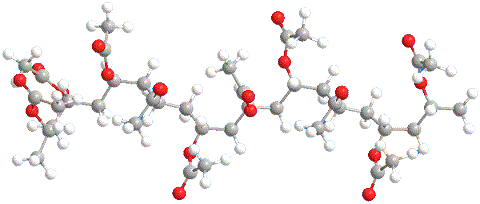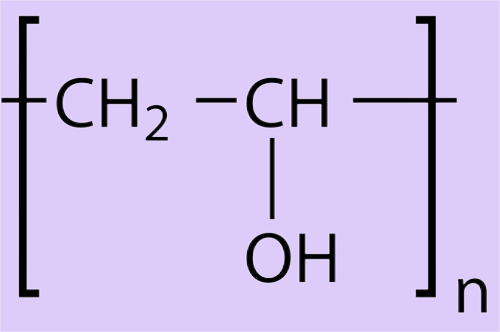Polyvinyl acetate: Properties, Production process and Uses
PVAc, also known as poly(vinyl acetate), is a homopolymer of vinyl acetate. The chemical structure is:
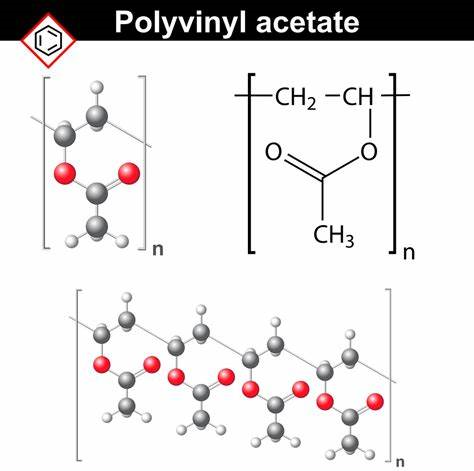
Properties of polyvinyl acetate
PVAc is a transparent glassy substance at room temperature. It is a colorless, odorless, nontoxic, thermoplastic and water-insoluble polymer. In the presence of an acid or alkali, it can be alcoholyzed to produce PVA.
PVAc has high stability to light and hardly ages under the action of light. If it is heated to above 150–190°C, it will start to decompose into acetic acid and nonvolatile hydrocarbons.
The glass transition temperature Tc of PVAc varies with the molecular weight. For
example, Tc = 17°C at the molecular weight of 15,000, and Tc = 2°C at the molecular
weight of 104,000.
PVAc is insoluble in water and only slightly swells in water.
PVAc emulsion is commonly known as white latex. It can be directly modified
with a variety of additives. It has good mechanical strength and no lack of glue. In
particular, it is a water-based adhesive and has no environmental pollution.
Production process of polyvinyl acetate
PVAc is a high molecular compound formed by free radical polymerization of vinyl acetate. The polymerization reaction is as follows:

The polymerization processes include bulk polymerization, solution polymerization,
suspension polymerization, and emulsion polymerization. Usually, solution polymerization and emulsion polymerization are used for production of PVAc. For
example, using dibenzoyl peroxide as an initiator and methyl ethyl ketone as a solvent,
PVAc is prepared by solution polymerization at a temperature of 65°C for about 10h.
Uses of polyvinyl acetate
The major uses of PVAc are in water-based latex paints, adhesives, fabric finishes, and lacquers. PVAc is also used as base material for gum-based candy in food industry.
1. Homopolymerized polyvinyl acetate emulsion adhesive
Adhesion by means of PVAc emulsion has important practical significance. The reason is that this emulsion has special adhesion and viscosity, is nontoxic, nonflammable and can be diluted with water, and has good re-emulsification properties, and the most prominent is its fast-curing characteristics. The property of fast curing is very important for accelerating the bonding process and adopting the corresponding fast coater. PVAc emulsion adhesives are used in many industrial sectors, such as in the wood processing industry (plywood and furniture production), packaging, printing (binding) and construction.
PVAc emulsion can directly be spray dried to a loose powder adhesive. The main advantages of powder adhesive are convenient for transportation and storage. The powder can be mixed with water at room temperature to form an emulsion. The performance of the emulsion prepared by the powder is almost the same as that of the original emulsion.
2. Vinyl acetate copolymer adhesive (emulsion glue)
Among vinyl acetate copolymers, the most widely used adhesive is VAE copolymer.
The difference between this copolymer and homopolymerized PVAc emulsion is that
it can form a sufficiently soft film and does not require a plasticizer.
Compared with other monomers, ethylene has many advantages as a plasticizable comonomer. First of all, it is one of the cheapest products. Next, VAE copolymer emulsion adhesive requires a lower temperature to form a film than homopolymer emulsion adhesive.
The characteristics of emulsion glue are fast curing, good stability, easy to use
and especially wide application range. The adhesion performance of VAE emulsion
to many surfaces is stronger than that of vinyl acetate and alkyl maleate, alkyl fumarate and alkyl acrylate copolymers. It has good adhesion even without a tackifier.
This adhesive is resistant to alkali, acid, oxygen, ozone and ultraviolet radiation. It is
physiologically harmless to humans and is relatively inexpensive. It can bind various
materials, including non-coated paper, cardboard and plastic films.
You may like
Related articles And Qustion
See also
Lastest Price from POLY(VINYL ACETATE) manufacturers
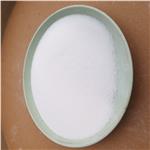
US $0.00-0.00/KG2025-04-15
- CAS:
- 9003-20-7
- Min. Order:
- 1KG
- Purity:
- 99%
- Supply Ability:
- 500000kg
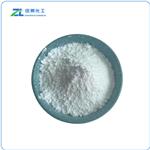
US $60.00/kg2025-04-15
- CAS:
- 9003-20-7
- Min. Order:
- 1kg
- Purity:
- 99
- Supply Ability:
- 5000

